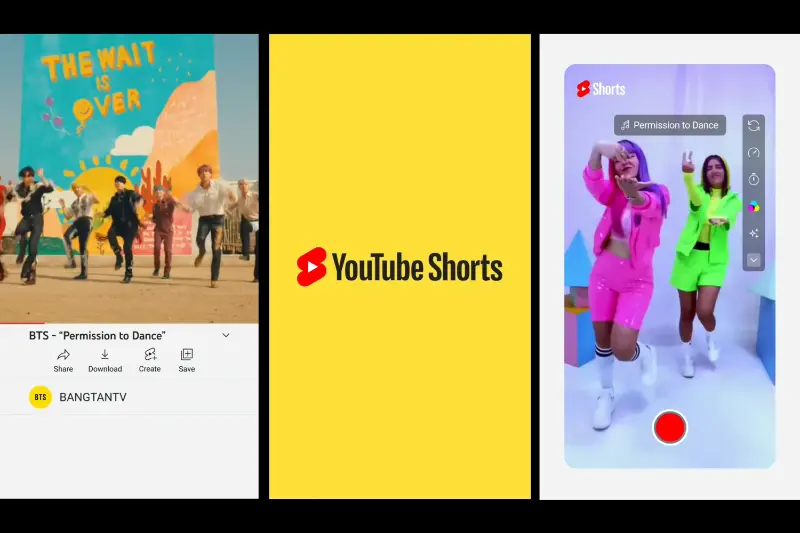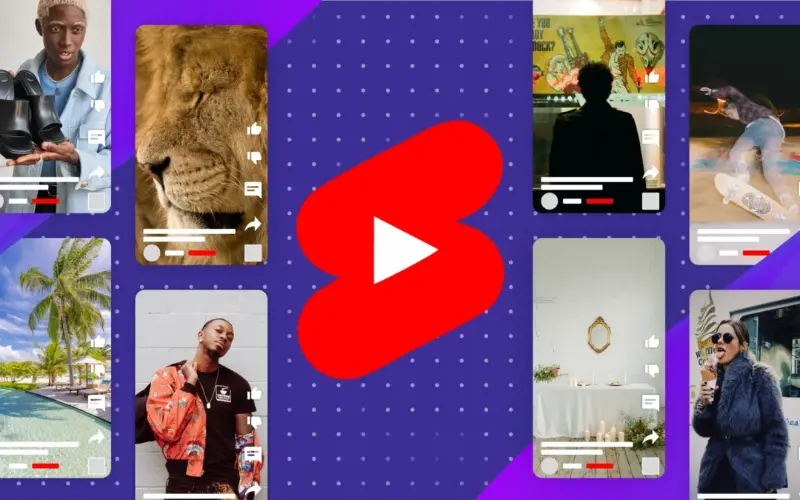In recent years, YouTube has expanded its platform with the introduction of YouTube Shorts, a short-form video format designed to compete with TikTok and Instagram Reels. YouTube Shorts allows users to create and share videos that are up to 60 seconds long, and its rise has made it a popular space for advertisers to target audiences in creative, bite-sized ways.
With over 2 billion monthly logged-in users, YouTube offers advertisers an unparalleled platform for reaching audiences, and YouTube Shorts Ads are the latest opportunity to drive engagement, brand awareness, and conversions. In this guide, we’ll explore the step-by-step process for creating engaging YouTube Shorts ads that capture attention and deliver results.
Understanding YouTube Shorts Ads

YouTube Shorts Ads are video ads that appear within YouTube Shorts, allowing businesses to advertise their products or services to the millions of users consuming short-form content on the platform. These ads are short, snappy, and designed to fit seamlessly into the viewing experience, making them ideal for capturing the attention of users who are scrolling through videos quickly.
Like other YouTube ad formats, Shorts Ads can be targeted to specific demographics, interests, and behaviors, ensuring that your message reaches the right audience at the right time. Due to the format’s brevity, it’s crucial to make every second count and create ads that are visually captivating, concise, and action-oriented.
Setting Up a YouTube Ads Campaign
Before you can begin creating YouTube Shorts Ads, you’ll need to set up a YouTube Ads campaign. Follow these steps to get started:
Step 1: Create a Google Ads Account
Since YouTube is owned by Google, all YouTube advertising is managed through Google Ads. If you don’t already have a Google Ads account, you’ll need to create one. Visit the Google Ads homepage and follow the prompts to sign up.
Once your account is set up, link it to your YouTube channel. This will allow you to create ads directly from your uploaded videos and track performance metrics.
Step 2: Choose Your Campaign Objective
When creating a new ad campaign, you’ll be prompted to choose a campaign objective. The objective you select will depend on your business goals. Some common objectives for YouTube Shorts Ads include:
- Brand Awareness and Reach: Ideal for getting your brand in front of as many people as possible.
- Product and Brand Consideration: Focuses on getting users to learn more about your product or service.
- Lead Generation: Drives conversions, such as sign-ups or form completions.
Once you’ve selected your objective, you can choose to run your ads in the YouTube Shorts section by selecting video ad formats compatible with Shorts.
Step 3: Select Your Ad Format
For YouTube Shorts, your best bet is to choose the video ad format, which allows you to create ads that will play before or during Shorts videos. These ads can be either skippable or non-skippable, depending on your preferences. For Shorts, non-skippable ads tend to be the best option since they are brief and highly targeted.
Crafting the Perfect YouTube Shorts Ad

Once your campaign is set up, it’s time to focus on creating an engaging YouTube Shorts Ad. Unlike traditional YouTube ads, Shorts Ads require a unique approach due to their short length and fast-paced nature. Here’s a step-by-step guide to creating a video ad that captures attention and delivers results:
Step 1: Start with a Strong Hook
In a world of short-form content, attention spans are fleeting. You have just a few seconds to grab the viewer’s attention and keep them engaged. This means starting your ad with a strong hook is essential.
A hook could be a striking visual, a question, a bold statement, or an immediate introduction to the product or problem you’re addressing. The goal is to make viewers stop scrolling and focus on your ad. The hook should be clear, impactful, and instantly relatable to your target audience.
Examples of effective hooks:
- “Struggling with…?”
- “What if we told you there’s an easier way to…?”
- “Don’t miss out on this exclusive deal!”
Step 2: Keep the Message Simple and Concise
You only have 60 seconds (and often less) to deliver your message in a YouTube Shorts Ad, so simplicity is key. Avoid overcrowding the video with multiple points and instead focus on delivering one clear, concise message that the audience can easily understand.
A good rule of thumb is to focus on one key benefit or solution that your product or service provides. Rather than over-explaining, let the visuals do most of the talking and keep your narration or text minimal.
Step 3: Use Engaging Visuals and Sound
The visual nature of YouTube Shorts means that your ad’s success heavily relies on its visual appeal. High-quality visuals, whether they’re animations, product shots, or user-generated content, will help your ad stand out.
In addition to visuals, sound plays a vital role in engaging users. Utilize catchy music, sound effects, or voiceovers to enhance your message. Be mindful of creating an ad that works with and without sound, as some viewers may have their sound turned off.
Pro Tip: Use text overlays or captions to ensure that your message gets across even if the sound is muted.
Step 4: Incorporate a Call-to-Action (CTA)
Every great ad ends with a strong call-to-action (CTA). Your CTA is the action you want viewers to take after watching your ad, whether it’s visiting your website, making a purchase, or signing up for a newsletter.
In YouTube Shorts Ads, space is limited, so keep your CTA short and sweet. Consider using urgency or incentives to encourage viewers to take action immediately. Phrases like “Shop Now,” “Get 50% Off Today,” or “Download the App” work well.
Make sure the CTA is clearly displayed at the end of the video and that it aligns with the goals of your campaign.
Optimizing Your YouTube Shorts Ads for Success

Once you’ve created your YouTube Shorts ad, the next step is to optimize it for maximum performance. Here are some tips to ensure your ad delivers the best possible results:
Step 1: Target the Right Audience
YouTube Shorts ads offer a wide range of targeting options to help you reach the most relevant audience. You can target users based on demographic data (age, gender, location), interests, behaviors, and even past interactions with your website or content.
Using tools like Google Ads Audience Insights, you can analyze which segments of your audience are most likely to engage with your ad and adjust your targeting accordingly.
Step 2: Test Different Versions of Your Ad
A/B testing is a crucial step in ensuring that your YouTube Shorts ads are as effective as possible. Create multiple versions of your ad with slight variations (e.g., different hooks, visuals, or CTAs) and test them against each other to see which one performs better.
By testing different elements of your ad, you can identify what resonates most with your audience and optimize future ads based on the insights gained.
Step 3: Monitor Performance Metrics
Once your YouTube Shorts ads are live, it’s essential to regularly monitor performance metrics to see how your ads are performing. Key metrics to track include:
- View-through rate (VTR): The percentage of people who watched your ad all the way through.
- Click-through rate (CTR): The percentage of people who clicked on your CTA after watching the ad.
- Conversion rate: The percentage of viewers who completed a desired action (e.g., made a purchase) after clicking on the ad.
Use Google Ads’ reporting tools to analyze these metrics and make data-driven decisions on how to improve your campaign.

